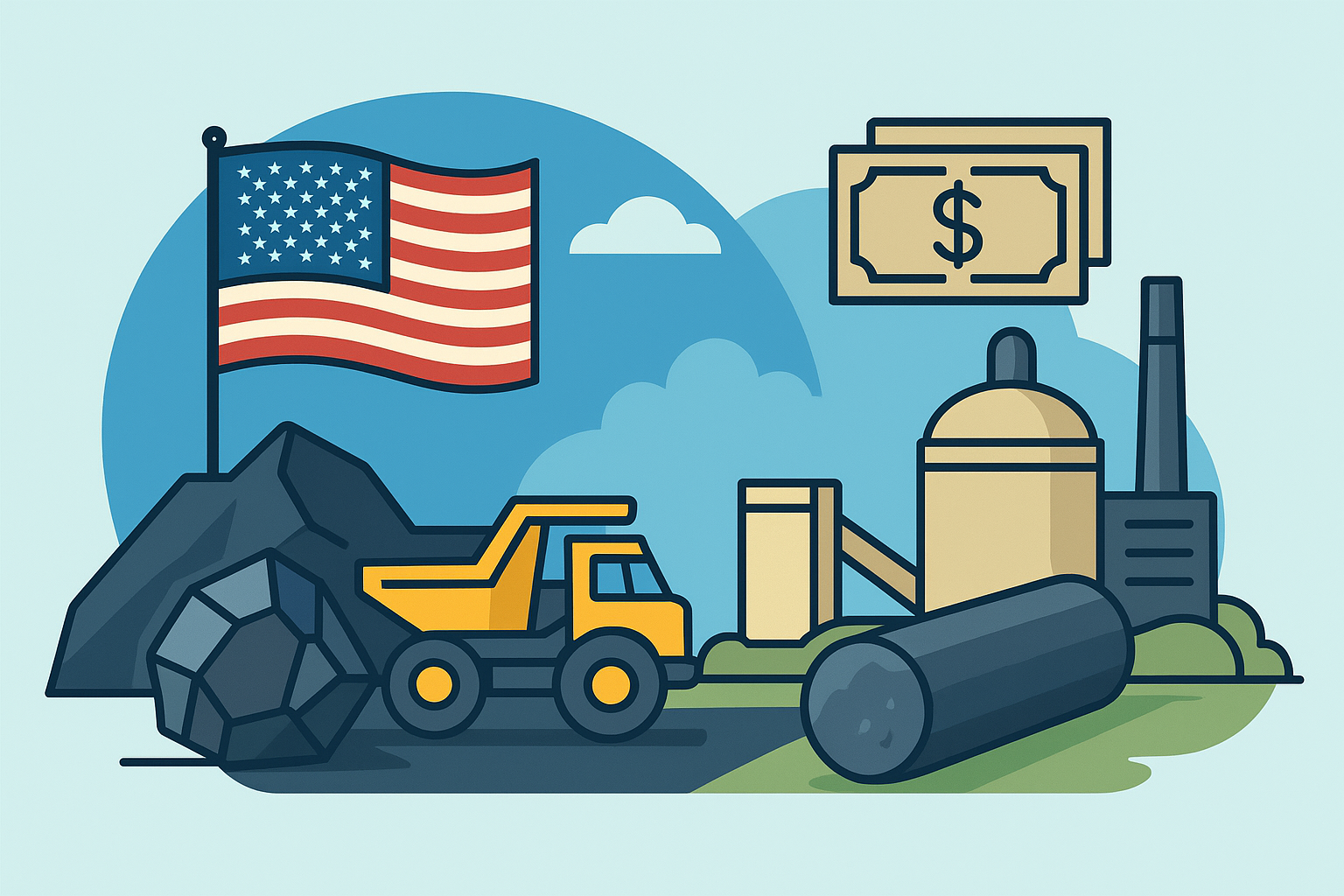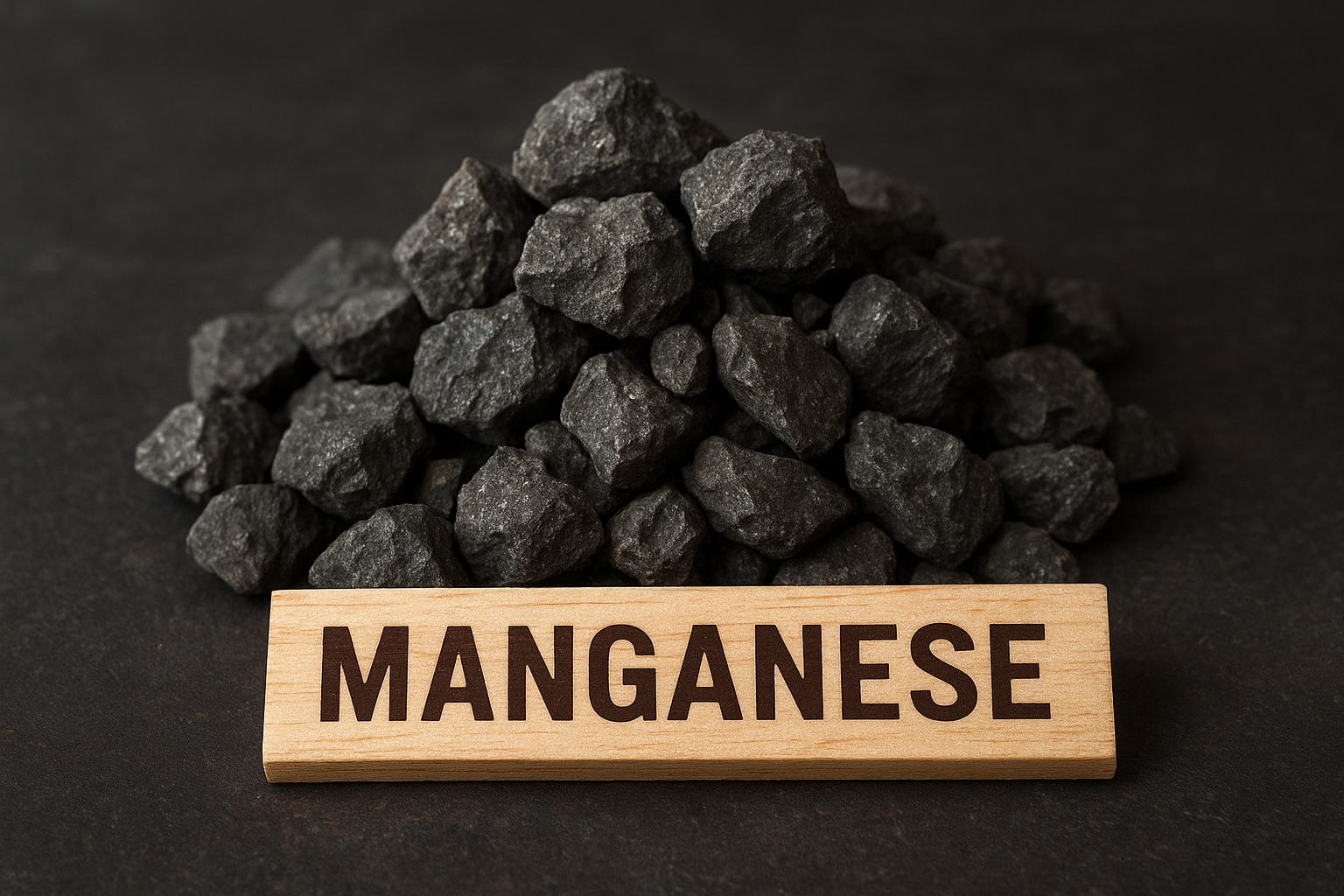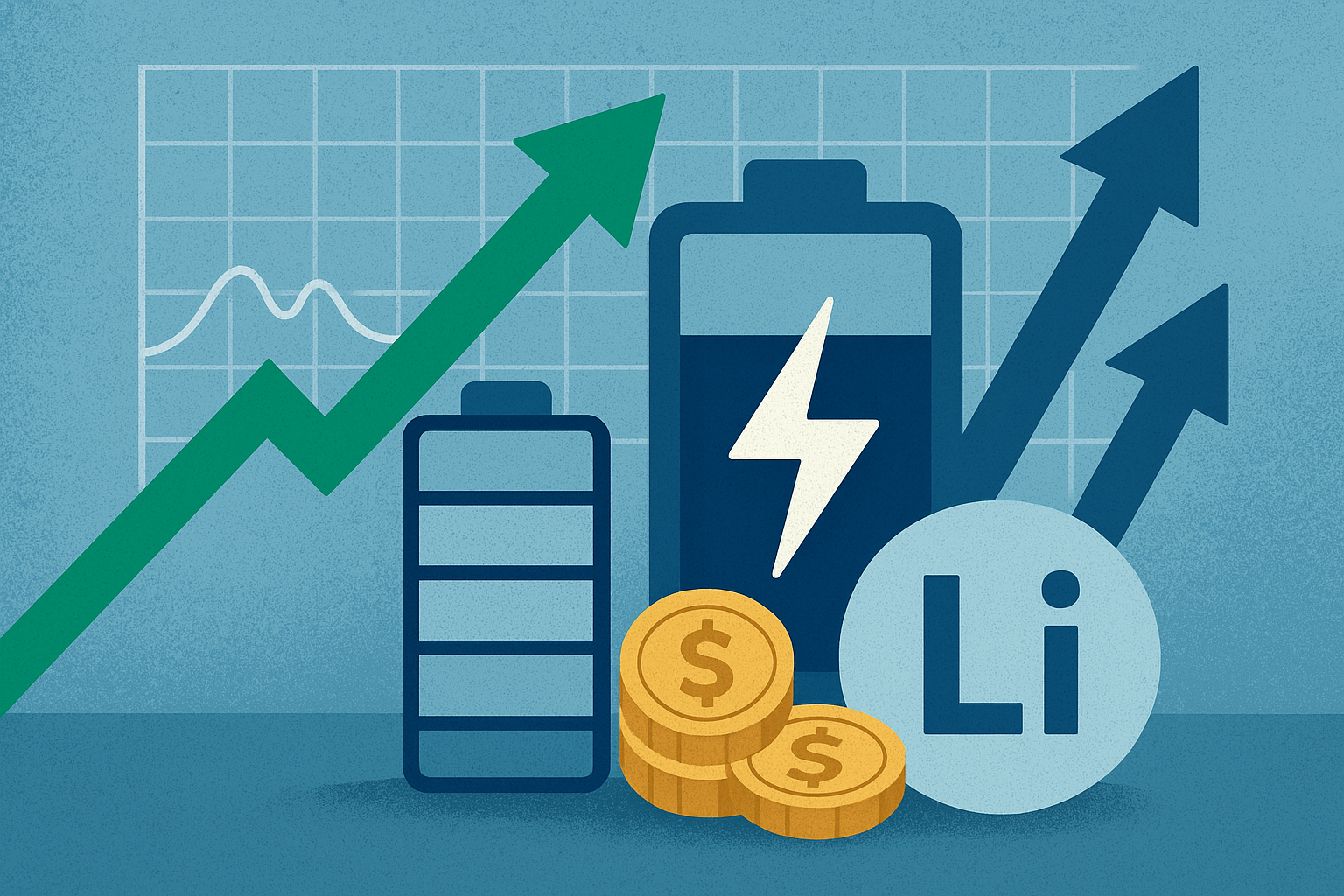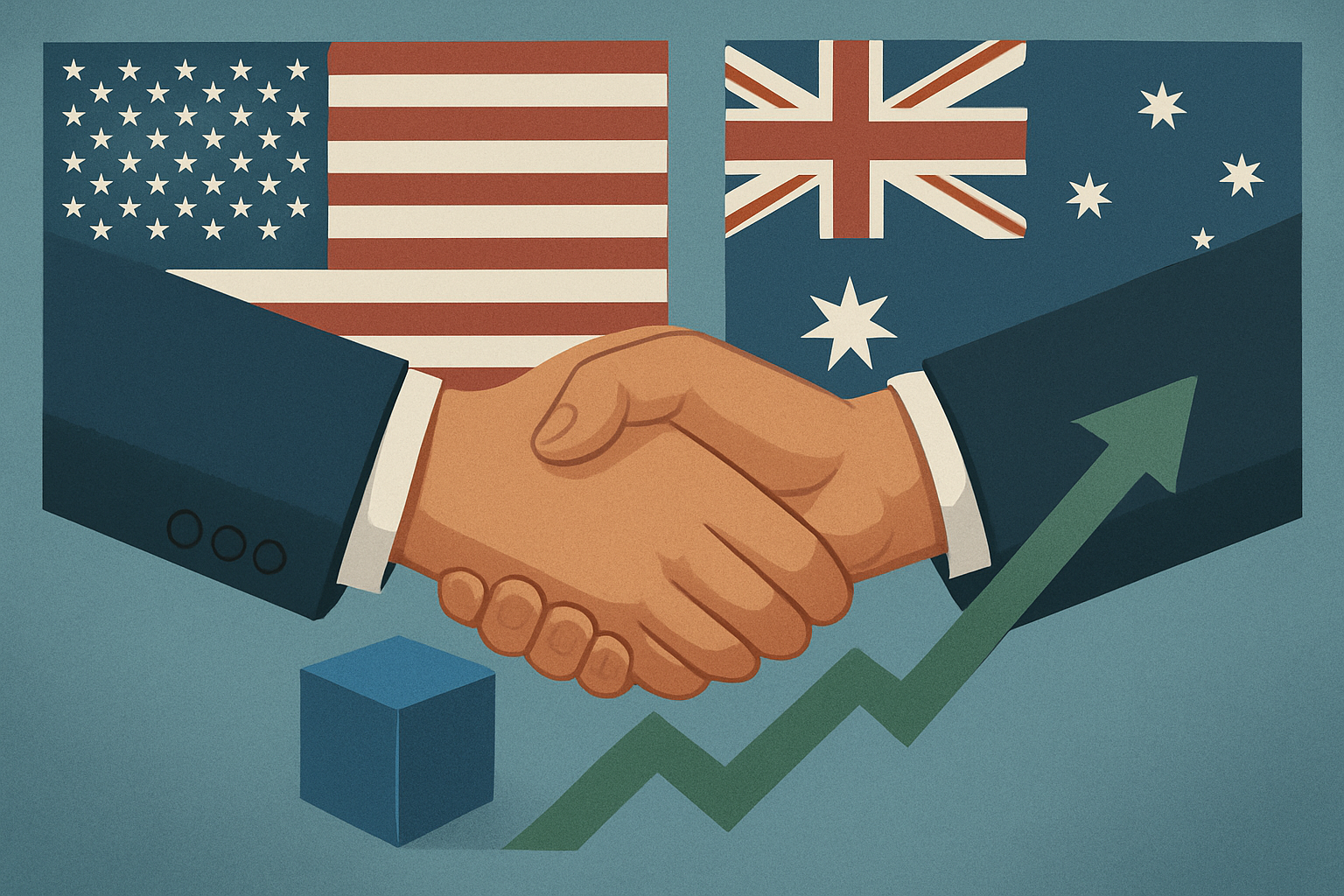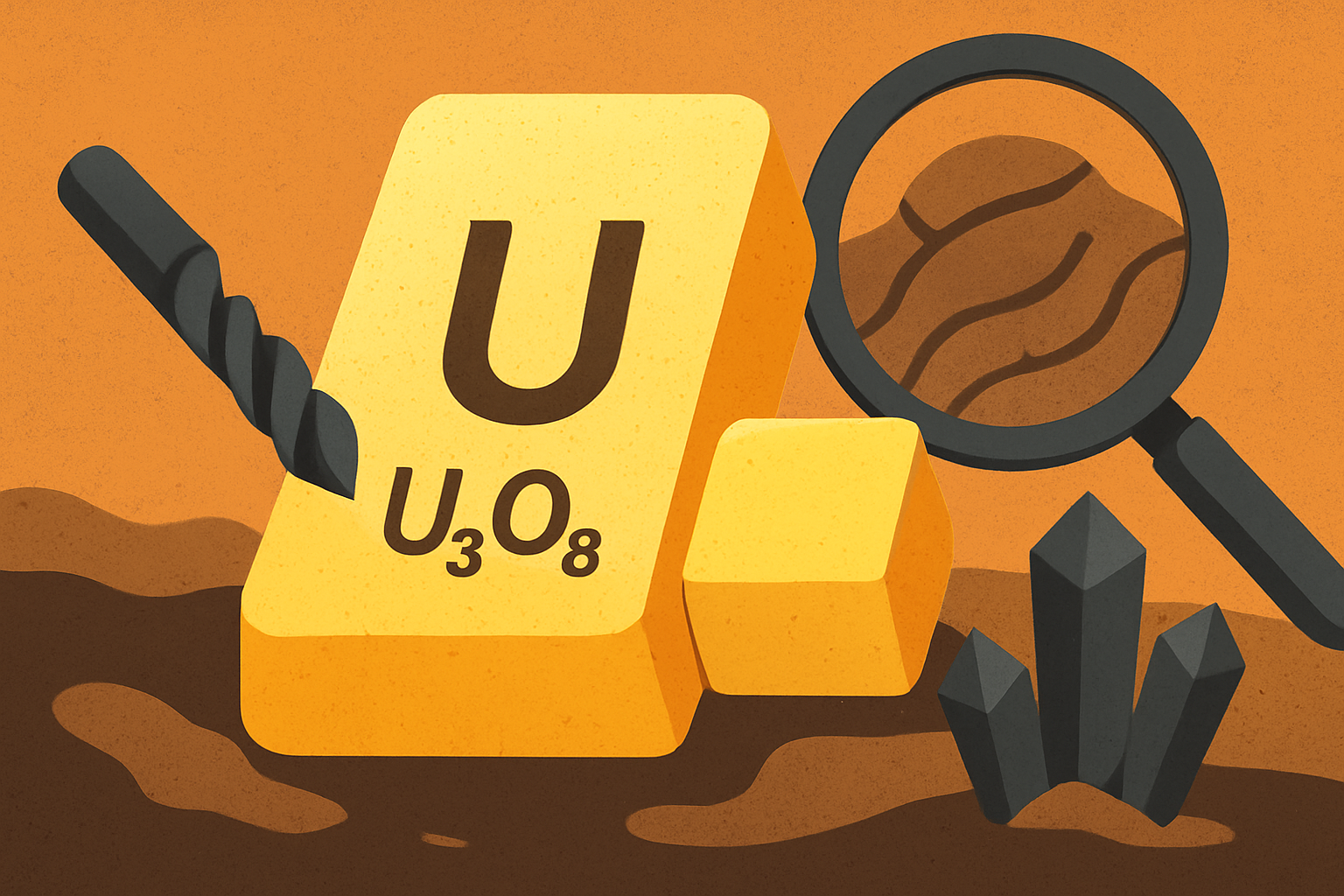Global investors are taking notice as the United States ramps up its efforts to secure critical minerals for the clean energy transition. In one of the most significant developments this quarter, Australian graphite developer Graphinex has received a US $860 million (A$1.32 billion) letter of intent from the Export-Import Bank of the United States (EXIM) to develop a mine and processing facility in North Queensland.
This move isn’t just about one company—it signals a broader geopolitical and industrial shift: Western governments are now moving aggressively to break China’s near-monopoly on the graphite supply chain, a crucial material for electric vehicle (EV) batteries and energy storage systems.
The Strategic Race for Graphite Independence
Graphite is one of the world’s most strategically significant yet underappreciated energy metals. While lithium and nickel dominate headlines, graphite actually constitutes up to 50% of a lithium-ion battery’s weight. The challenge? Over 90% of the world’s graphite refining and anode production currently occurs in China, according to data from Benchmark Mineral Intelligence.
As EV adoption accelerates, global demand for graphite is projected to triple by 2030, with the International Energy Agency (IEA) warning of supply deficits as early as 2027. Governments are now acting to ensure secure and diversified supply chains.
The Graphinex-EXIM Bank partnership is the latest in a wave of state-backed financing meant to onshore or “friendshore” critical mineral production. The project, set to break ground in 2026, aims to deliver both natural flake graphite and processed anode material—the essential feedstock for battery manufacturers in the U.S. and allied nations.
In a related development, a Nature publication this month highlighted that graphite has now been formally reclassified as a “new critical mineral,” underscoring its pivotal role in achieving net-zero objectives.
Why This Matters for Investors
This U.S. funding commitment underscores a key trend: government intervention is becoming a catalyst for resource nationalism and supply-chain realignment.
Investors should take note of three implications:
- Policy Tailwinds for Western Projects:
Projects located in U.S.-aligned jurisdictions such as Australia, Canada, and Europe may increasingly attract funding and offtake agreements. The Graphinex deal suggests that U.S. policy support—previously concentrated on lithium—now extends meaningfully to graphite. - Market Opportunity in Upstream and Midstream:
According to BloombergNEF, global graphite demand for EVs alone could hit 5 million tonnes by 2035, compared with just 1 million today. This opens opportunities not only for miners but also for anode processors—a midstream segment still largely undeveloped outside of China. - Potential Price Tailwinds:
With supply deficits looming and limited new refining capacity outside Asia, analysts at S&P Global forecast graphite prices could rise by 25-40% over the next two years. Such conditions could benefit early-stage producers and developers positioned to deliver qualified material to OEMs.
The Broader Geopolitical Undercurrent
The U.S.-China economic decoupling continues to shape global resource investment. China’s temporary export curbs on graphite materials in late 2024 served as a wake-up call to policymakers. That move sent battery makers and automakers scrambling for alternative supply routes.
Now, the EXIM-backed deal represents a proactive countermeasure—one that aligns with the U.S. Inflation Reduction Act’s push to secure domestic or allied mineral sources for EV tax-credit eligibility.
Market observers note this is also a strategic response to energy security: graphite’s role in grid-scale storage is growing rapidly, making it not only a transportation metal but also an energy-infrastructure metal.
Future Trends to Watch
- Downstream Partnerships: Expect more joint ventures between Western miners and OEMs seeking to lock in graphite supply for EV anodes.
- Technological Shifts: Synthetic graphite, currently derived from petroleum coke, faces ESG scrutiny. This may accelerate investment in natural and recycled graphite alternatives.
- Regional Development Hubs: Australia’s North Queensland, Canada’s Ontario and Quebec, and parts of Africa are emerging as key regions for next-generation graphite supply chains.
According to Reuters, at least nine graphite projects are now under active consideration for government-backed financing across allied nations.
Key Investment Insight
Investors looking to position ahead of the curve should focus on junior and mid-cap graphite developers with:
- Advanced feasibility studies or pilot-scale production capability.
- Proximity to infrastructure and strong regulatory frameworks.
- Potential offtake agreements with U.S., European, or Korean battery manufacturers.
While the macro trend favors graphite, execution risk remains high—particularly around financing, environmental permitting, and market timing. However, projects with direct government involvement or strategic partnerships (like Graphinex) are likely to outperform peers as supply-chain localization accelerates.
Global energy markets are shifting fast—and graphite is shaping up to be the next frontier in the clean-tech commodity race. Investors who understand the structural dynamics now will be best positioned when the next supply crunch hits.
Stay informed. For daily updates on emerging trends in energy metals, critical minerals, and resource investment opportunities, visit explorationstocks.com — your trusted source for actionable investor news.

